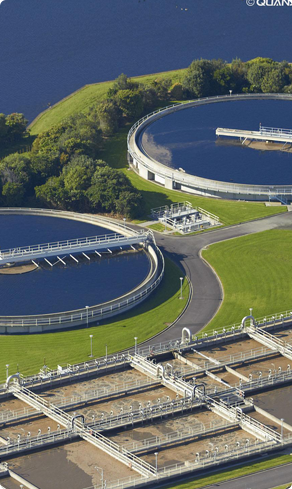difference between flocculant and coagulant
The Difference Between Flocculants and Coagulants
In the realm of water treatment and various industrial processes, the terms flocculants and coagulants are frequently encountered. Although they are often used interchangeably, these substances serve distinct functions and play different roles in the purification of water and the removal of suspended solids. Understanding the differences between flocculants and coagulants is crucial for optimizing water treatment processes and achieving desirable outcomes.
What are Coagulants?
Coagulants are chemical agents that promote the aggregation of particles in a colloidal suspension. Their primary function is to neutralize the charges on particles suspended in water, allowing them to come together and form larger aggregates known as flocs. Coagulants are typically added to water in a series of treatment processes, often after the water has been pre-treated or filtered. Common coagulants include aluminum sulfate (alum), ferric chloride, and polyaluminum chloride.
The mechanism of coagulation involves the destabilization of these particles, which are often repelling each other due to their like charges. By neutralizing these charges, coagulants facilitate the initial step in water treatment, making it easier for particles to bond and form larger clumps that can settle out of the liquid phase.
What are Flocculants?
Flocculants, on the other hand, act as agents that encourage the aggregation of these larger suspended solids into even bigger clusters, thus enhancing the sedimentation process. While coagulants initiate the formation of flocs, flocculants are responsible for binding these flocs together, promoting a more efficient separation from the water. Common flocculants include polyacrylamides, natural polysaccharides like xanthan gum, and various synthetic polymers.
Flocculation usually occurs after coagulation, in a process often referred to as flocculation. In this stage, gentle mixing is applied to allow the newly formed flocs to grow larger and settle more quickly. The use of flocculants can significantly enhance the clarity of water by ensuring that even the smallest particles are aggregated and removed during sedimentation.
difference between flocculant and coagulant

Key Differences
1. Function The primary difference between coagulants and flocculants lies in their functions. Coagulants are used to destabilize colloids, while flocculants are used for the aggregation of flocs.
2. Chemical Composition Coagulants are usually metal salts, while flocculants generally consist of long-chain polymers that can bridge multiple particles, thus facilitating a more efficient floc formation.
3. Process Timing Coagulants are added at the beginning of the treatment process, whereas flocculants are introduced after the initial coagulation stage to further encourage the formation of larger flocs.
4. Application In practice, coagulants are often required in situations where the water contains significant amounts of sediment or turbidity, while flocculants are used to enhance the sedimentation of solids, especially in complex wastewater treatment processes.
Conclusion
In summary, both flocculants and coagulants are essential chemicals in water treatment but serve different roles. Coagulants initiate the process by destabilizing particles and initiating floc formation, while flocculants promote the growth of these flocs for effective removal from the water. Understanding these differences is crucial for professionals in water treatment and related industries to select the appropriate agents for specific applications, ensuring effective treatment processes and high-quality water output.
-
LK-319 Special Scale And Corrosion Inhibitor For Steel Plants: Advanced Solutions for Industrial Water SystemsNewsAug.22,2025
-
Flocculant Water Treatment: Essential Chemical Solutions for Purification ProcessesNewsAug.22,2025
-
Isothiazolinones: Versatile Microbial Control Agents for Industrial and Consumer ApplicationsNewsAug.22,2025
-
Scale Inhibitor: Key Solutions for Water System Scale PreventionNewsAug.22,2025
-
Organophosphonates: Versatile Scale Inhibitors for Industrial Water SystemsNewsAug.22,2025
-
Scale and Corrosion Inhibitor: Essential Chemical Solutions for Water System MaintenanceNewsAug.22,2025





